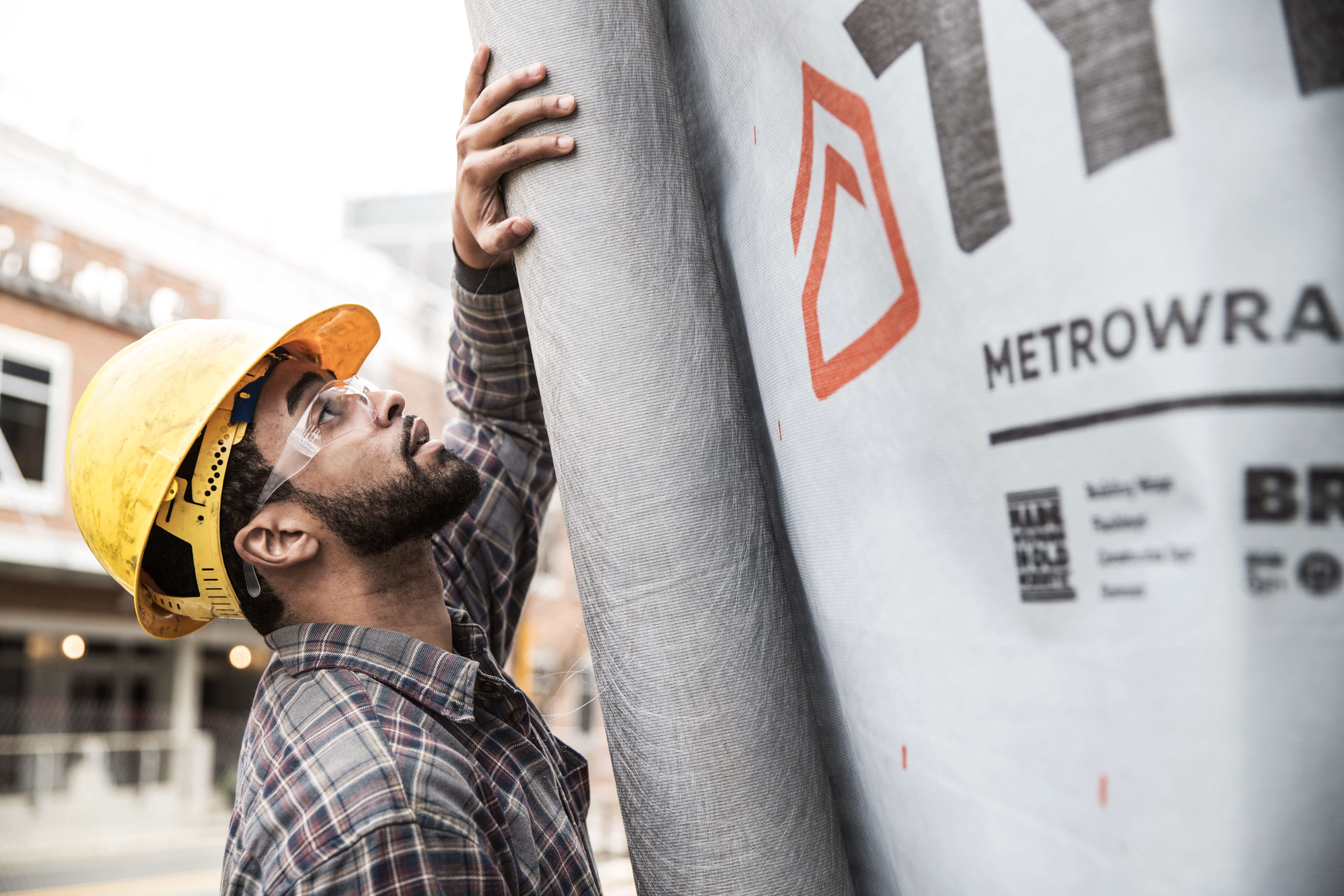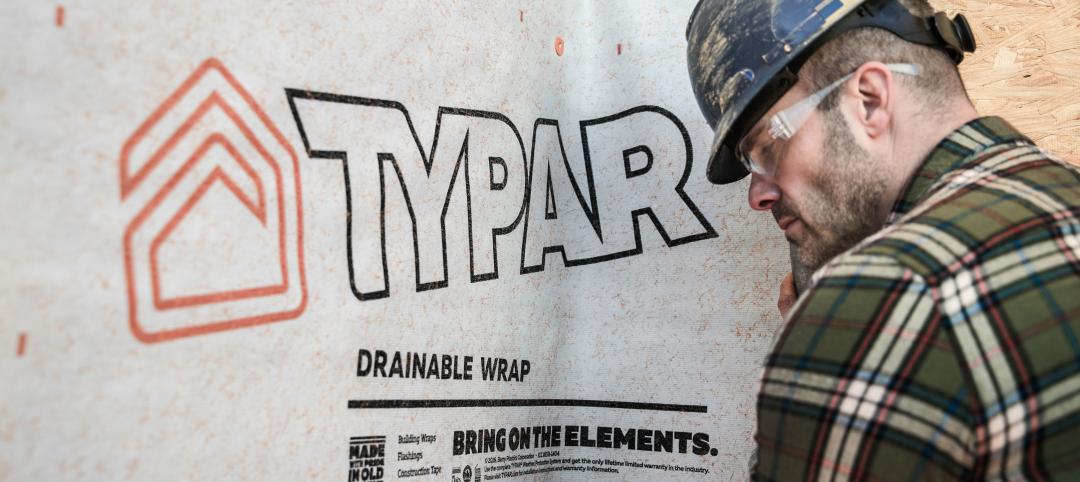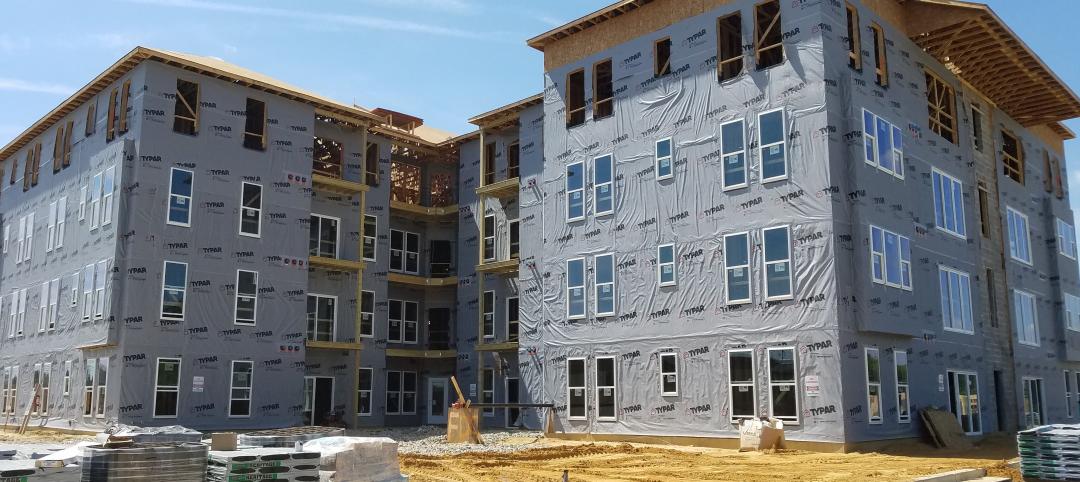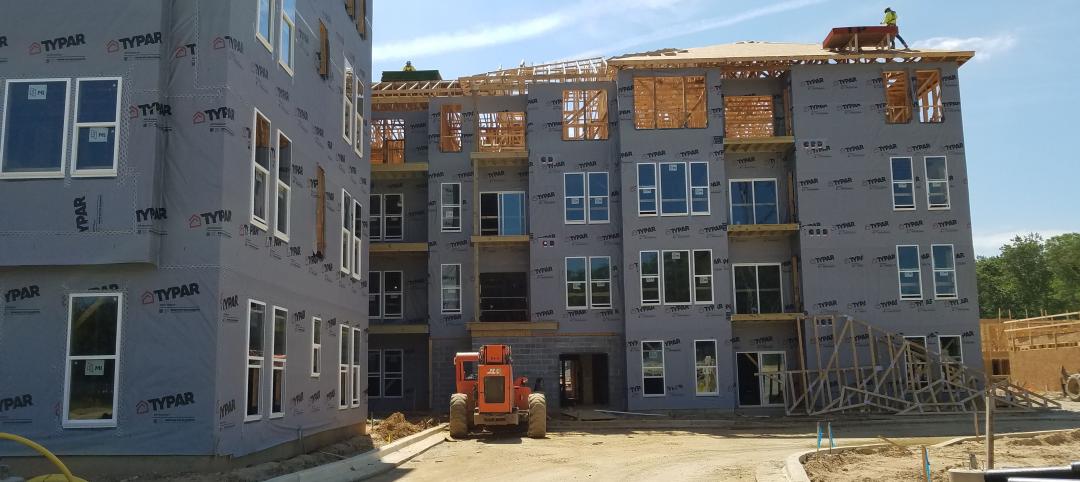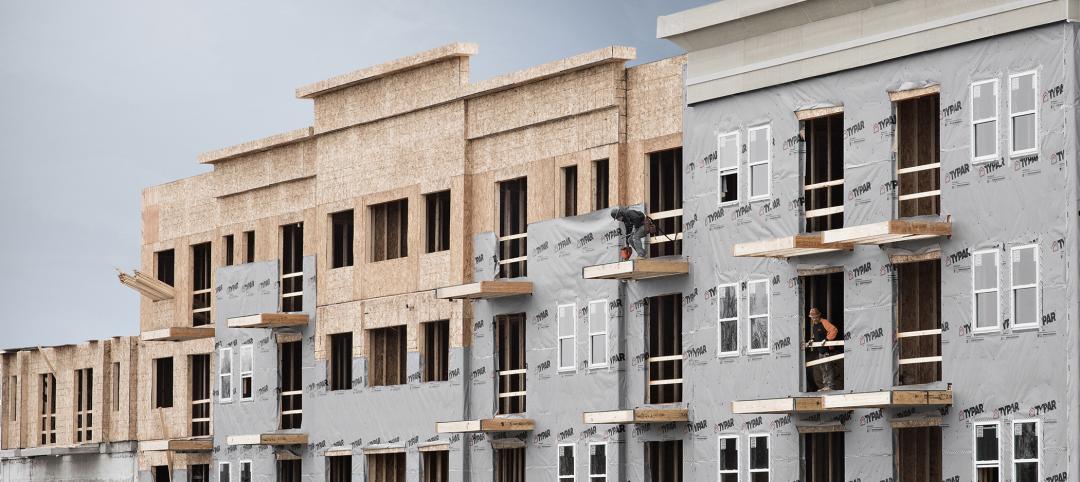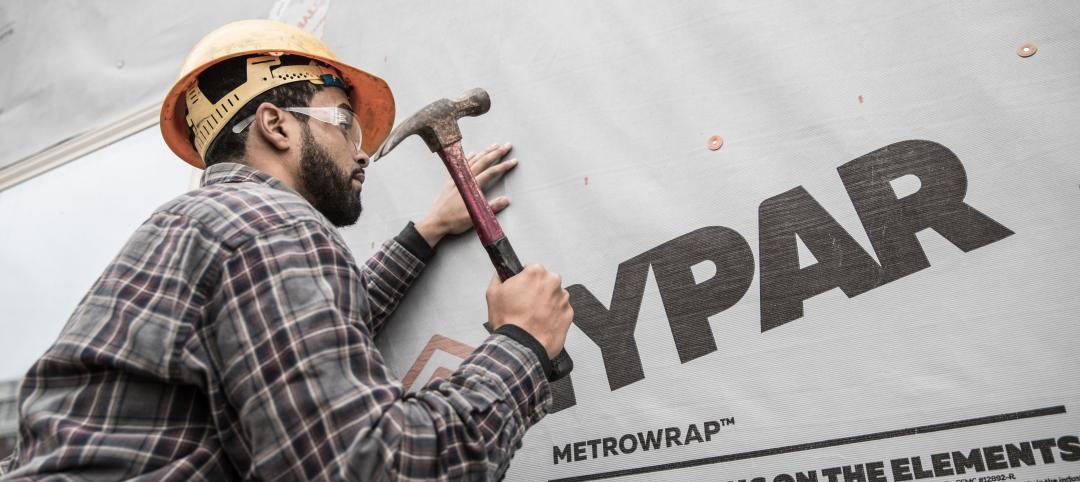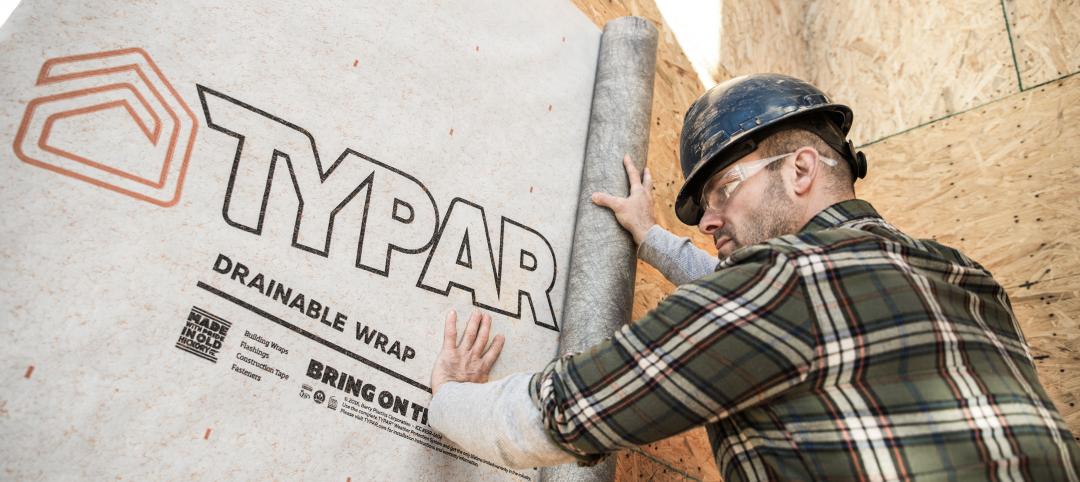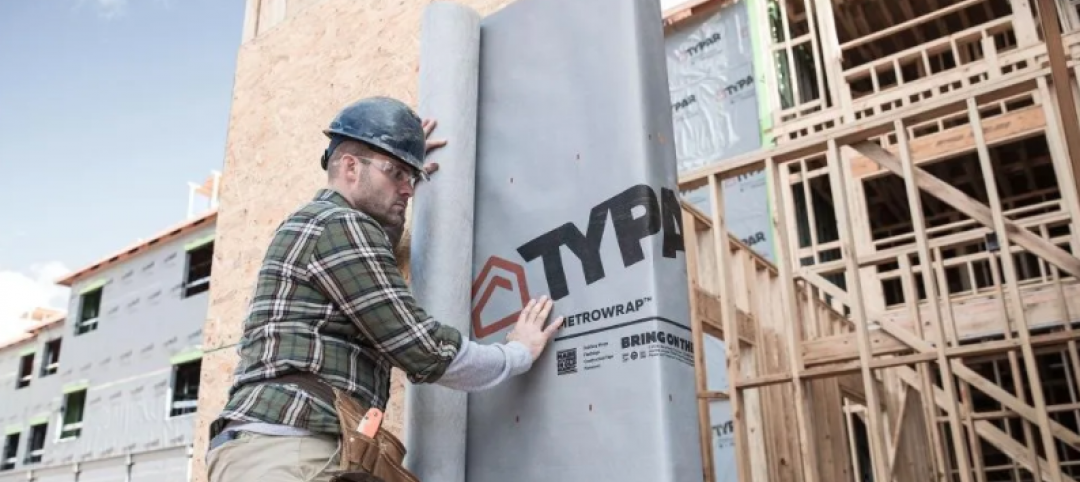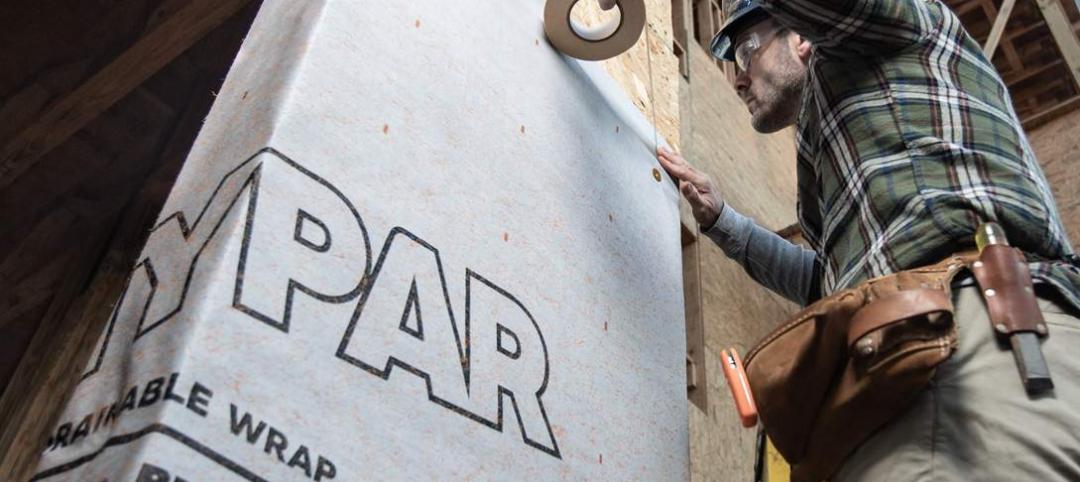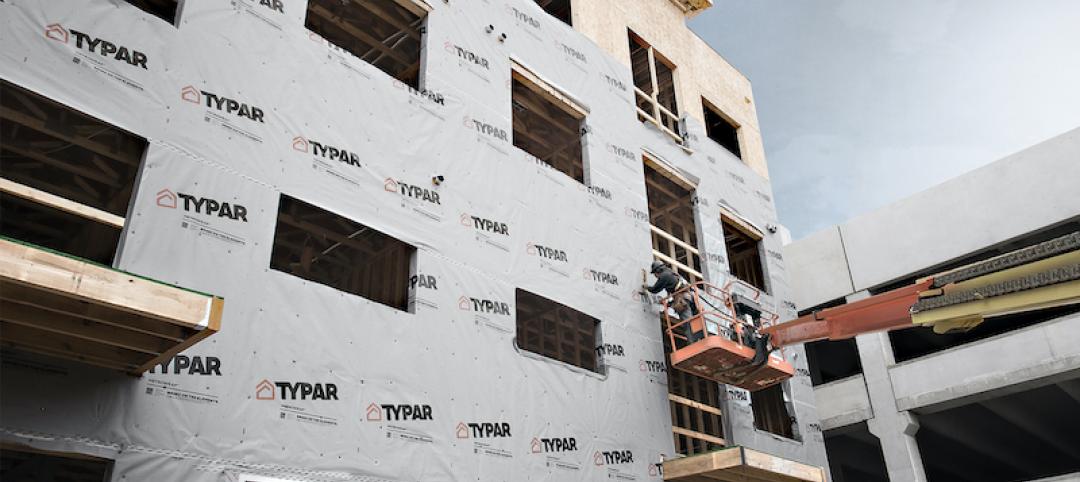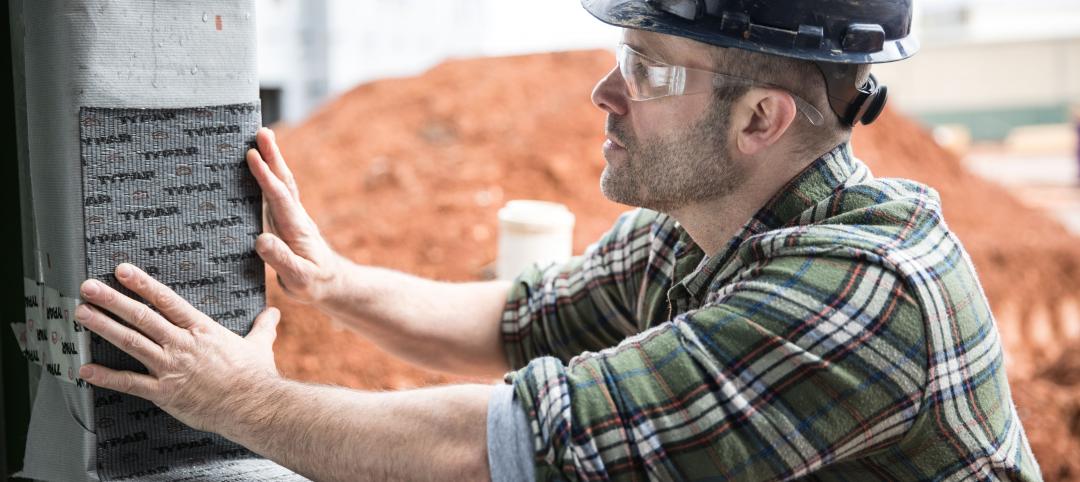Tip #1: Don’t mix water with wood. Tip #2: Don’t let damp wood stay wet. Intuitive? Of course it is. Wet wood rots. Yet, this is a lesson the building industry has had to learn the hard way – and more than once – since necessarily stringent building codes have gone into effect in recent years. The well-intended codes are our industry’s effort to create airtight buildings. Good news for energy consumption but bad news for damp walls.
Fortunately, building science has taught industry professionals a thing or two about the movement of air and moisture in and around the building envelope. We can now create airtight buildings that also fend off unwanted, unavoidable moisture that originates both inside and outside of a building.
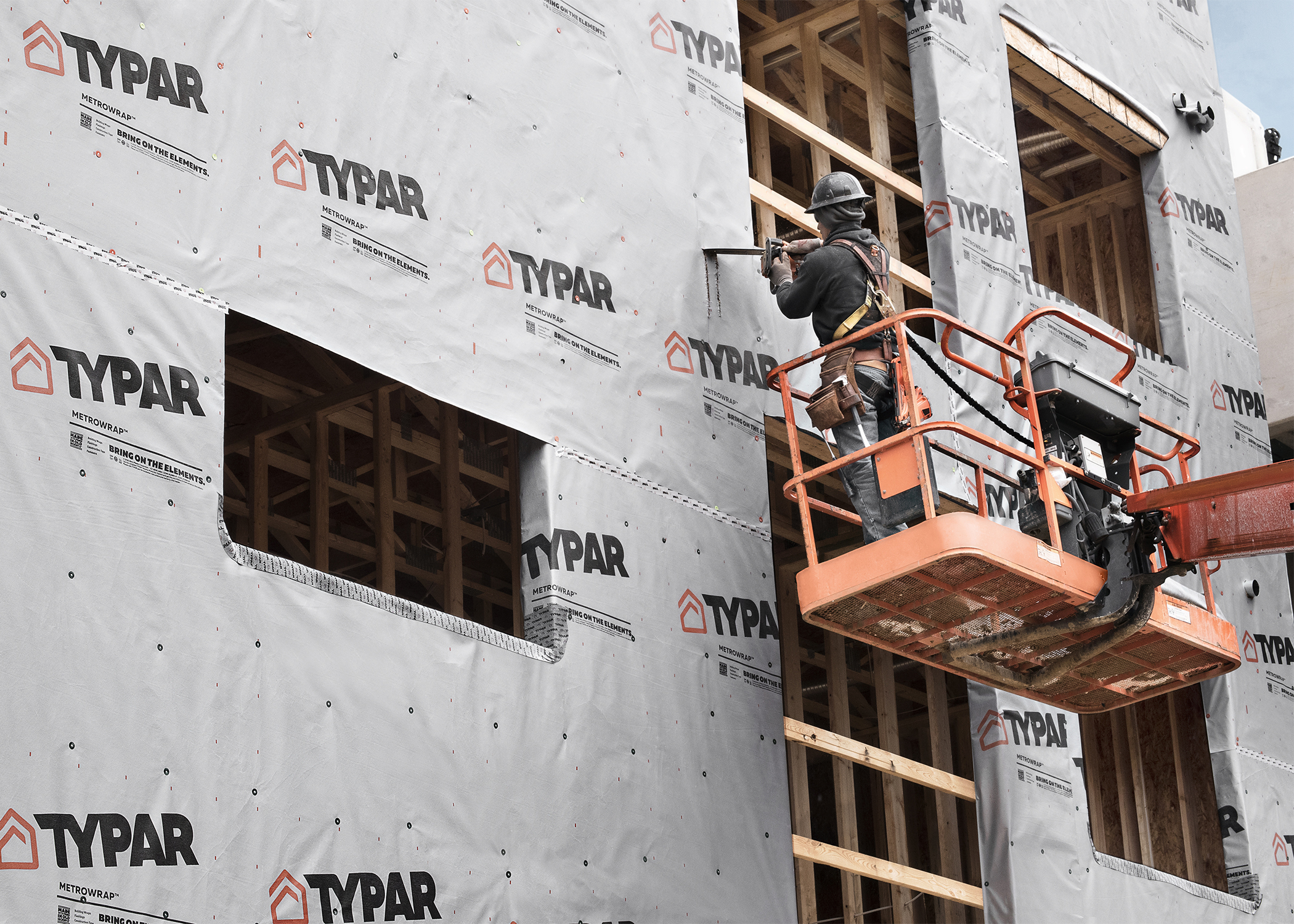
Use of building wrap (aka housewrap or weather-resistant barrier) is no doubt a best practice in builders’ efforts toward airtight construction. There is a high demand for housewrap and as a result, there are several products on the market. How do you know which one performs the best? Before buying one brand over another, ask these three questions to make sure you’re selecting the highest performing housewrap.
-
Is the Building Wrap Durable?
It’s an obvious question, but an important one. A durable housewrap is one that stays in place, has exceptional tear strength, and can stand up to surfactants and UV rays.
-
Does the Building Wrap Breathe?
A building wrap must breathe to prevent moisture vapor from getting trapped in the wall cavity. Builders should work with high-tech housewraps that can balance water holdout with an optimal perm rating of 10 to 20 perms. This perm rating ensures that while water is prevented from entering the wall cavity, ideal levels of moisture vapor are allowed to escape.
-
Can the Building Wrap Serve as an Effective Air Barrier?
It should. It is not too lofty a goal to expect a housewrap to perform as an air barrier that helps reduce air infiltration. High-performance housewraps serve as effective air barriers by reducing convective wind washing against sheathings and air infiltration into stud wall cavities. When installed as part of an air barrier assembly, a housewrap has the ability to reduce drafts in homes, increase indoor comfort, and decrease energy use by reducing the amount of non-conditioned air that enters and exits conditioned wall cavities.
For more information on high-performance building wraps, visit www.typar.com.
More from Author
Bijan Mansouri, TYPAR | Aug 13, 2020
Auditing airtightness: The 101 on blower door tests
A blower door test, also known as an infiltrometer, uses a high-powered fan and a special machine to measure the airtightness of a building and identify potential leaks in the air barrier.
Bijan Mansouri, TYPAR | Jul 30, 2020
How to Pick the Right Flashing and Tape for the Job
When it comes to eliminating vulnerabilities in the building envelope, quality flashings and construction tapes are an affordable, durable and simple addition to your air barrier arsenal

